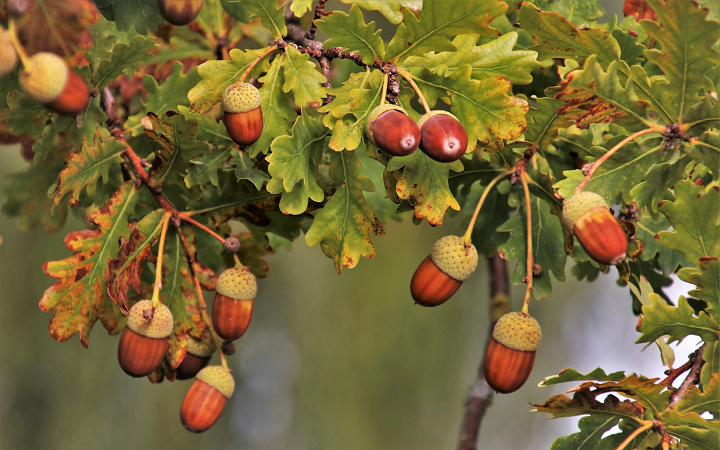Mast seeding, or masting, is a fascinating reproductive strategy observed in many perennial plants, where individuals within a population produce seeds in highly variable quantities from year to year. This synchronized fluctuation in seed production among plants has long intrigued ecologists, primarily because it offers a significant survival advantage: it helps reduce the impact of seed predators. By alternating between years of seed scarcity and abundance, plants can effectively „starve” predators in low-yield years and „satiate” them in high-yield years, ensuring that more seeds survive to germinate.
The relationship between masting and environmental conditions, particularly weather, is well-established. Plants often synchronize their masting events in response to weather patterns, leading to widespread seed production across species. While this interspecies synchronization could theoretically enhance the predator satiation effect, it has not been thoroughly studied until now.
In a recent study, we tested this hypothesis by analyzing 23 years of data on seed production and pre-dispersal seed predation in three North American oak species: Quercus rubra (red oak), Quercus alba (white oak), and Quercus montana (chestnut oak). The study revealed that weather patterns, particularly those in spring and summer, were correlated with masting events in all three oak species. This correlation led to varying degrees of synchronization within each species, ranging from 21% to 38%.
Interestingly, the study found that this intraspecific synchrony—where individuals of different species mast together—played a crucial role in reducing seed predation. For Q. rubra and Q. alba, synchronized masting resulted in efficient starvation of seed predators, significantly reducing seed losses. However, for Q. montana, it was the community-wide masting events, where multiple oak species produced seeds simultaneously, that were necessary to satiate the predators effectively.
These findings provide rare empirical evidence supporting the idea that synchronized masting within a species can enhance reproductive success by minimizing seed losses to predators. Moreover, the study suggests that forests with diverse oak species might have better regeneration potential due to the increased likelihood of community-wide masting events. This insight could inform forest management practices, emphasizing the importance of species diversity to boost seed survival and forest regeneration.

